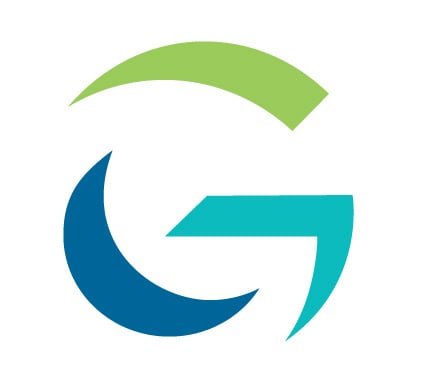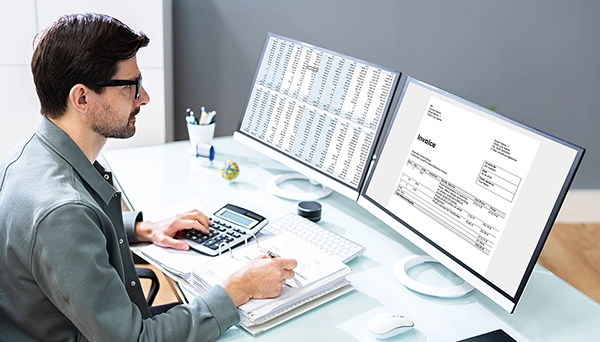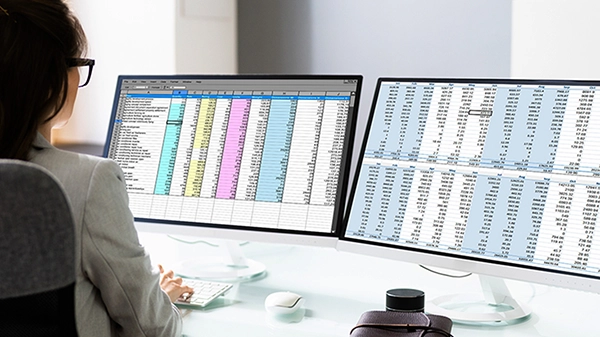Simplifying General Ledger Coding in Invoice Processing
In an ideal world, new systems are simple to use and implement instantly across the enterprise. In the real world, not so much. The sheer size of new...
2 min read
 Randy Dufault
:
Jun 13, 2023
Randy Dufault
:
Jun 13, 2023

Long ago, nations settled on a standard way to conduct international trade business. Those agreements and other agreed-upon standards make up Admiralty Law. Tariffs, taxes, and sanctions aside, companies conforming to Admiralty Law can trade with international customers pretty much anywhere on the globe.
An essential requirement in any international transaction is to define the product precisely so that the country of import can calculate a proper tax on the goods. Much of the required information resides on an internationally recognized document known as a Commercial Invoice (commercial invoice).
Even though commercial invoices have an invoice in their name, they are not a bill for payment. They are a part of Admiralty Law and must contain a whole list of shipment details the destination country needs for that tax calculation.
While there are no legal requirements to do so in the U.S., most businesses rely on a customs broker to process their import paperwork. Brokers, who often are part of a larger global forwarding company, know the laws and regulations and are uniquely qualified to ensure a shipment gets to where it needs to be quickly and legally.
Brokers use information from the commercial invoice and, sometimes, an associated packing slip to populate the appropriate entry paperwork. Paperwork is a misnomer, though, as the vast majority of interaction between brokers and U.S. Customs happens electronically.
A critical cost for a broker in the customs entry writing process is converting the commercial invoice information into a usable digital form. While a commercial invoice for an air express shipment may list only one or two items, an ocean container shipment of small items may list thousands.
Brokers must accurately enter the necessary data, an effort which can require up to 90 seconds for each line on the commercial invoice. When one multiplies 90 seconds by thousands of lines, the time needed for simple data entry tasks is substantial, costly, and open to error.
Automation is possible by extracting the characters from the commercial invoice and forming them into the needed data elements. However, as commercial invoices developed over time, standard formats still needed to emerge. Shippers include the required information, but often format it in convoluted, unpredictable ways. For example, consider this typical commercial invoice line:
For example, consider this typical commercial invoice line:

A few values like quantity, unit price, and line total fall into the columns normally associated with tables in a document. Other values like country of origin, commodity code, arrival date, and so on are all over, making each commercial invoice line its own miniature document. Standard extraction systems struggle with extracting the needed data.
Genus Advanced Table Processor (ATP) solves the miniature document challenge. Using a set of commercial invoice-specific rules, ATP gathers required data elements and formats them in a way that is acceptable to the downstream brokerage systems and, ultimately, to U.S. Customs. Brokers spend their time conducting the knowledge work associated with the shipment instead of spending unproductive time entering data.
Tungsten Automation's TotalAgility, which hosts ATP, adds capabilities for human interaction, reporting, integration, and process management.
While commercial invoices could change in ways that could simplify automation and digital processes, such a change is improbable given that changing Admiralty Law requires agreement from most of the world’s countries. Until such an agreement happens—if it ever does—ATP supplies the automation technology every customs broker can use to streamline operations and lower costs.
Get more useful content, expert tech tips, and timely articles delivered to your inbox ~ Subscribe to the Genus Blog!

In an ideal world, new systems are simple to use and implement instantly across the enterprise. In the real world, not so much. The sheer size of new...

In the world of engineering, especially in software development, there is a constant demand to simplify complex processes. The goal is to create...

Opening a new account or applying for a mortgage involves asking for and handling customer information from different sources and from almost any...